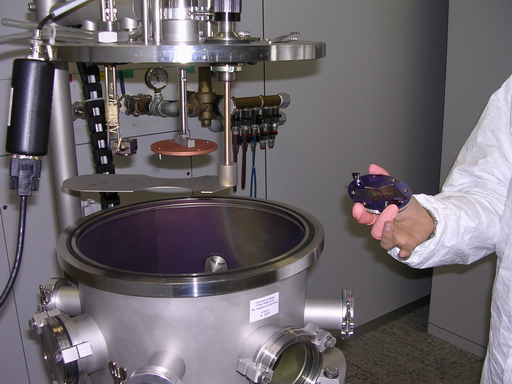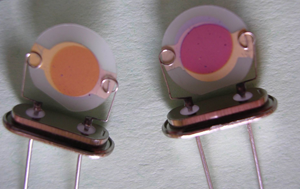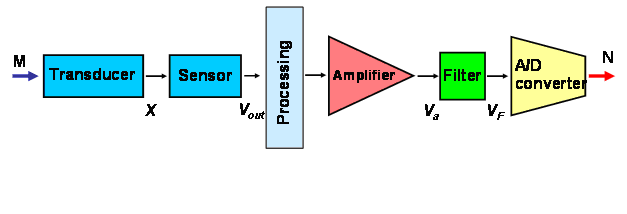A sensor could be defined as a device responding to a stimulus, such as heat, light or pressure and generates a signal that can be measured or interpreted.
The interacting material can be either a chemical membrane (chemical sensor) or a biological structure (cell, protein, DNA etc.) (biosensor).
- Planning of a sensor: target, membranes, transducers
- Deposition Techniques
- Transducer design and fabrication (clean room tour)
- Electronic Interface and Circuitry
- Analysis
- Applications
Bio-Inspired SENSORS
The relationships between living beings and surrounding environments are filtered by chemical and/or physical senses depending on the sensing system complexity.
For this reason the nature often suggests every kind of solution for a huge number of problems as a result of the evolution and adaptation of the species.
A bio-inspired sensor can be affected by the nature for the design of both the typology of interaction (key-lock, unspecific interactions) and the structure of the sensor (pores, nanofibres, metal-cores…).
Planning of a sensor
Choice of analyte and design of the sensor: target, membranes, transducers

Deposition techniques
The morphology of the interacting surface is a key point of the sensor fabrication: the same material could present different affinity to the same analyte depending on distribution of its interaction sites. Bottom up and Top-down techniques for surface treatments will be presented. An overview about most of deposition technique to obtain a chemical (-biochemical) is foreseen:
-Self-assembling monolayer
-Spin-coating
-Casting
-Dipping
-Under vacuum deposition
-Electrospun
-Plasma Enhanced Chemical Vapor Deposition
Particularly two completely different layer will be analyzed: a smooth and ordered surface and a nanofibrous (large surface-to-volume ratio) sensing coatings will be compared.
Under Vacuum Deposition in order to obtain a smooth film:


Electrospun deposition in order to obtain a micro-nanofibrous coating:

A mini-tour into the IMM clean room is foreseen, where several processes related to the fabrication of micromachines (micro-transducers).
Electronic Interface and Circuits
Sensor is a component of electronic circuit that convert environmental variables, such as temperature , humidity, wind etc., into electrical signals such us frequency, voltage, current, and so on. In order to transmit the sensor information to elaboration unit or final user interface the most important blocks are shown in the following figure.

An overview of these main blocks will be depicted. In particular processing block (e.g. wheatstone bridge, current generator, voltage generator, PTAT circuit, oscillator circuit etc ) where the analog signal are processed to obtain the best signal to noise ratio and a compatible electrical signal with the next block will be shown. Processing, amplifier, filter and A/D converter blocks represent a typical draw of an sensor interface, an important system used to transmit a sensor information to final user.

